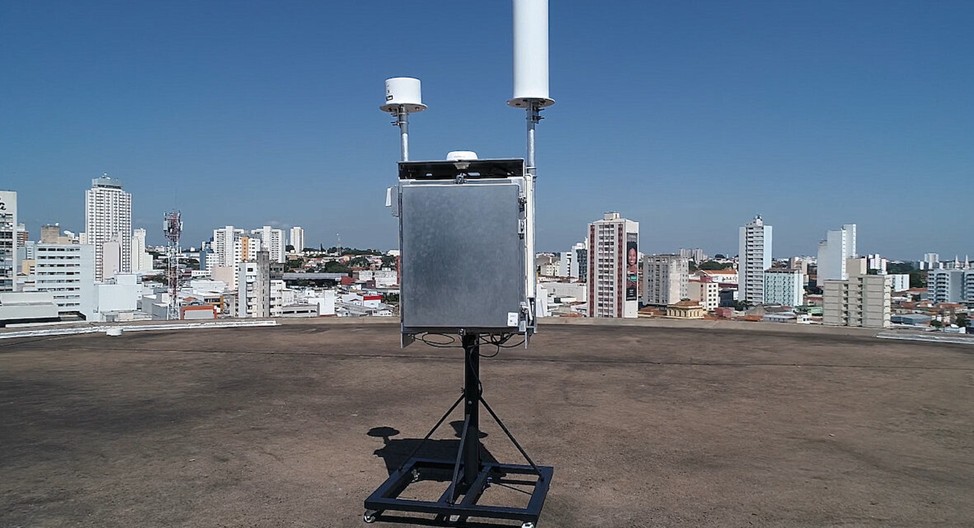CelPlan is expanding internationally with our innovative radio frequency monitoring solution, originally developed for Brazil’s telecommunications regulator Anatel. Our Cell Wireless SM 18000 system has proven highly effective at identifying and locating unauthorized radio transmissions, including pirate radio stations, illegal microwave links, and private cellular networks.
The success of our deployment in Brazil—where Anatel currently operates 42 units across major cities like Brasília, Rio de Janeiro, São Paulo, and others—has opened doors to international markets. We’re currently in discussions with regulatory agencies in Portugal, Ecuador, and several Caribbean countries, with plans to sell 200 units over the coming years.
Advanced Detection Technology
Our solution operates across a wide frequency range from 20 MHz to 18 GHz and can monitor up to 125 MHz simultaneously. Using triangulation and Time Difference of Arrival (TDoA) technology, the system precisely calculates transmission sources by comparing signal arrival times across multiple monitoring points.
The equipment offers remote control capabilities, allowing operators to define specific monitoring times and frequency bands. When irregular transmissions are detected, the data is automatically processed to determine the exact location of unauthorized broadcasts.
Critical Infrastructure Protection
According to our Sales Director Tom Araújo, our primary customers include regulatory agencies, defense departments, airports, and organizations operating mission-critical networks. The system plays a vital role in protecting critical infrastructure, particularly around airports where unauthorized transmissions could pose safety risks.
Araújo notes that Brazil faces significant challenges with unauthorized radio usage, with suspicions that irregular radio links may actually outnumber authorized ones due to misconceptions about the licensing process and costs.
Market Expansion
This international expansion represents a significant milestone for CelPlan, demonstrating how solutions developed for the Brazilian market can address global telecommunications challenges.
Article information based on reporting by Fernando Paiva, Editor of Mobile Time. Original article published September 22, 2023. Original article accessible here.

